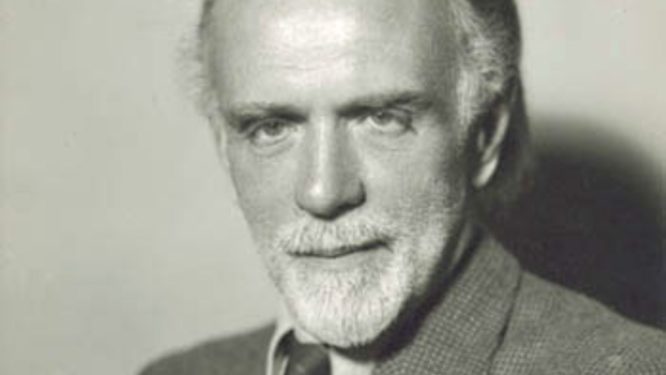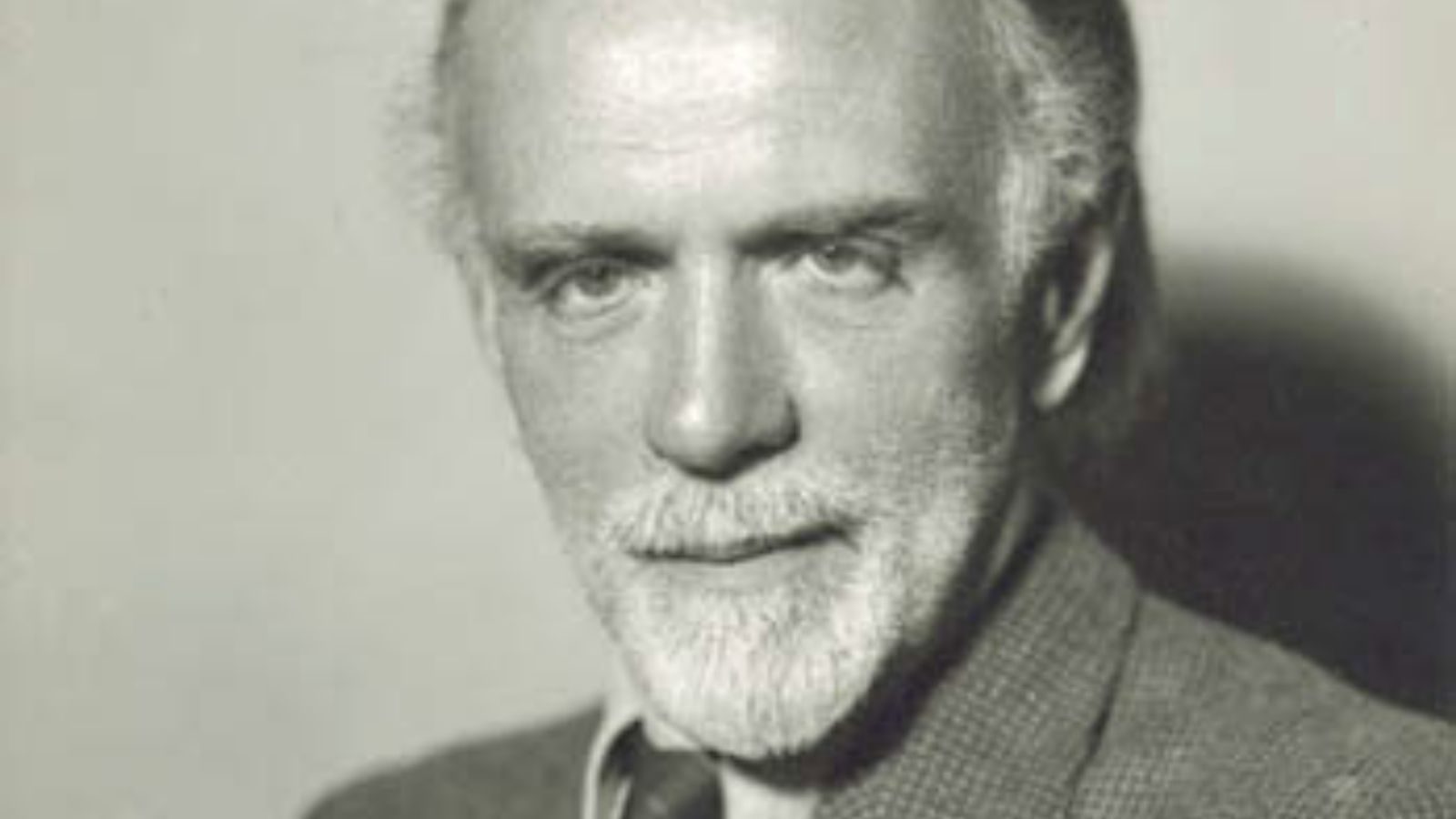Zoltán Kodály

DATES
Born December 16, 1882 in Kecskemét, Hungary
Died in Budapest, Hungary, March 6, 1967
NATIONALITY
Hungarian
STYLE/PERIOD
Modern 1920-Present
FAMOUS WORKS
Háry Janos Suite, Peacock Variations, Concerto for Orchestra, Symphony in C Major

BIOGRAPHY
Zoltán was one of three children born to Frigyes and Paulina Kodály. Although the father worked as an official for the railway, both parents were amateur musicians: his father was a violinist and his mother played the piano. Zoltán studied piano, violin, viola, and cello as a child and often played cello in his father’s quartet. Even though his family moved quite frequently, Zoltán sang in the choir at Nagyszombat Cathedral and played cello in the orchestra there. He composed his first overture at the age of 15 and entered the Royal Academy of Music in Budapest in 1900, earning a teaching diploma in 1905.
During his years at the Academy he studied composition and was influenced by the music of Brahms and Debussy. However, the biggest influence on Kodály’s music came from Hungarian folk music. In 1905 he and Béla Bartók began to collect Hungarian folksongs, including field recordings. His ongoing work of collecting, analyzing, editing, and organizing this vast body of folk material was his way of preserving the Hungarian culture.
In 1907, he was appointed a professor at the Royal Academy of Music in Budapest and, along with Béla Bartok, wrote a paper titled “A Project for a New Universal Collection of Folk Songs.” This project continued until restricted by World War I. During the war years, Kodály lost his academic position due to political reasons, but resumed his teaching at the Academy in 1922. In 1923 he was commissioned to write a new work in celebration of the 50th anniversary of the combining of the individual cities of Pest, Buda, and Obuda into Budapest. His oratorio, Palmus Hungaricus, written especially for this occasion, was the first of a series of larger choral works that brought him international recognition. His reputation as a significant composer became established with his opera, Hary Janos, and his orchestral works including: Dances of Marosszék, Dances of Galánta, and the Peacock Variations. He composed his Concerto for Orchestra to celebrate the 50th anniversary of the Chicago Symphony Orchestra.
Zoltán Kodály was a pioneer in the field of music education. He believed that music belonged to everyone and to achieve a higher level of musical understanding, musical training must be developed within school systems. He devoted himself to training future musicians at the Academy and improving the overall music education of Hungarian children. Kodály advocated a love of music supported by a knowledge about music. Because the folk song was an accessible product of the people, especially in children’s singing games, he suggested it as the place where music education should begin. Kodály wrote many essays in support of music education. He also composed new choral works as an attempt to provide materials for use in the music education programs within the school system.
Kodály officially retired in 1942 at age 60. At that point in his life, he toured England, the United States, and the Soviet Union as a conductor of his own works. He received many awards and honors and continued his efforts to improve Hungarian music education by writing new works for children and adult choirs. His many essays on music education and the use of the folk song in teaching children have influenced teachers and music curriculum all over the world and continue to do so today.